Symmetries and topological orders: realizations and signals in correlated spin-orbit coupled materials
Spin-orbit coupling exists in materials in general. However, it entangles the spin and orbital degrees of freedom and complicates the model. Thus, theorists usually neglect the effects induced by spin-orbit coupling first and consider spin-orbit coupling as perturbation next. The non-perturbative effects brought up by spin-orbit coupling are thus often less studied or overlooked.
On the other hand, the majority in the study of interacting topological order focusing on the mathematical structure of theories and made significant advances by leaving material details behind. It is thus important to find possible microscopic models that could realize the new phases in laboratories and benefits from the progress of theories to make experimental predictions.
In this talk, I will discuss the physical effects due to strong spin-orbit coupling from the perspective of searching new quantum orders and the non-trivial responses. We found a physical mechanism that realizes interesting models which can have non-trivial long range entangled phases in both 3D pyrochlore lattice and 2D Kagome lattice under different physical conditions. The 3D model can realize two distinct quantum spin ice phases, i.e. dipolar and octupolar quantum spin ices. The 2D model can realize a Z2 topological order with nontrivial symmetry fractionalization pattern. The particular Z2 topological order can be detected numerically or experimentally by the "vison zero modes" which is a remarkable topological signature induced by the onsite Ising symmetry and the space group symmetry.
References:
Yi-Ping Huang*, Gang Chen and Michael Hermele, PRL 112, 167203 (2014)
Yi-Ping Huang* and Michael Hermele, PRB 95, 075130 (2017)


